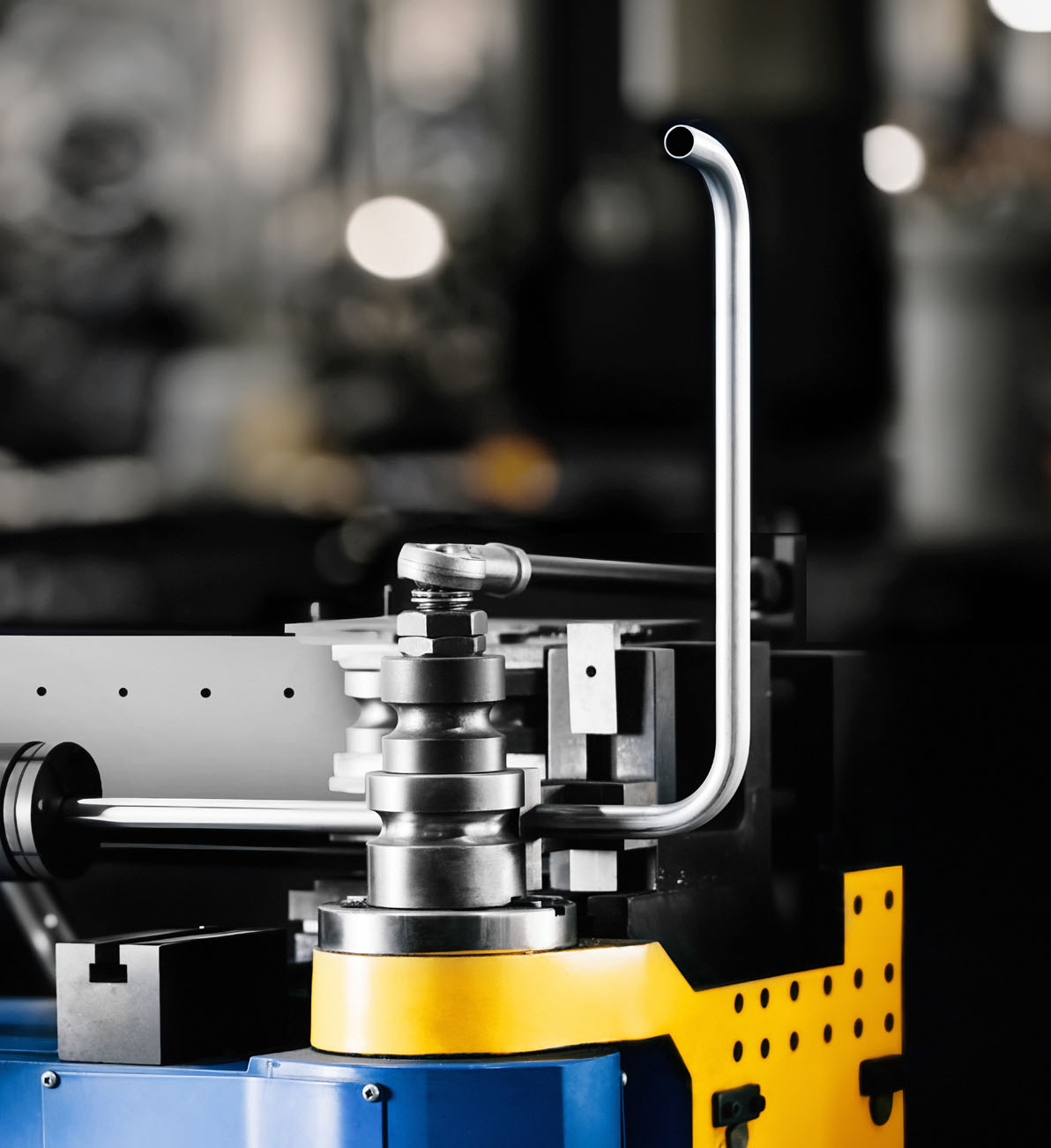
THE MISSION
TechnologyFreestyle has been a leader in the outdoor industry since its founding in 1992, constantly driving innovation in its manufacturing operations. With a focus on precision and efficiency, the company integrates advanced technologies such as robotic welding, e-coating, and laser cutting to enhance production and ensure high-quality, durable products. Over the years, Freestyle has expanded its facilities to meet growing customer demands, establishing specialized factories in Ningbo and Nantong to increase its production capacity and diversify capabilities. The latest digital factory, launched in 2025, further elevates Freestyle's commitment to technological advancement, ensuring the highest standards of quality, efficiency, and sustainability.

Freestyle's manufacturing facilities are at the forefront of innovation and efficiency in the outdoor industry. Established in 1992, the company has continuously expanded its production capabilities to meet diverse customer needs. Key to Freestyle's operations are advanced technologies such as robotic welding, e-coating lines, and laser cutting, which ensure precision and boost production efficiency. These technologies not only streamline manufacturing processes but also contribute to the creation of high-quality, durable, and contemporary products.

The first factory, inaugurated in Ningbo in 2004, spans 60,000 square meters and specializes in aluminum production, employing over 350 professionals. This facility serves as a foundation for Freestyle's manufacturing prowess, bolstering its ability to deliver innovative solutions to the market. In 2013, the establishment of the Nantong wicker factory further diversified production capabilities, covering 80,000 square meters and accommodating 1,200 expert weaving artisans.

In 2025, a new automated and digital factory was established in Ningbo to expand production capacity and reinforce the company’s commitment to innovation and quality. Furthermore, the "TUV accredited" lab with advanced testing facilities offers a significant advantage in ensuring product safety and compliance. These strategic investments in manufacturing infrastructure highlight the organization’s prominence in the industry and its dedication to advancing technological capabilities to meet evolving market demands.

